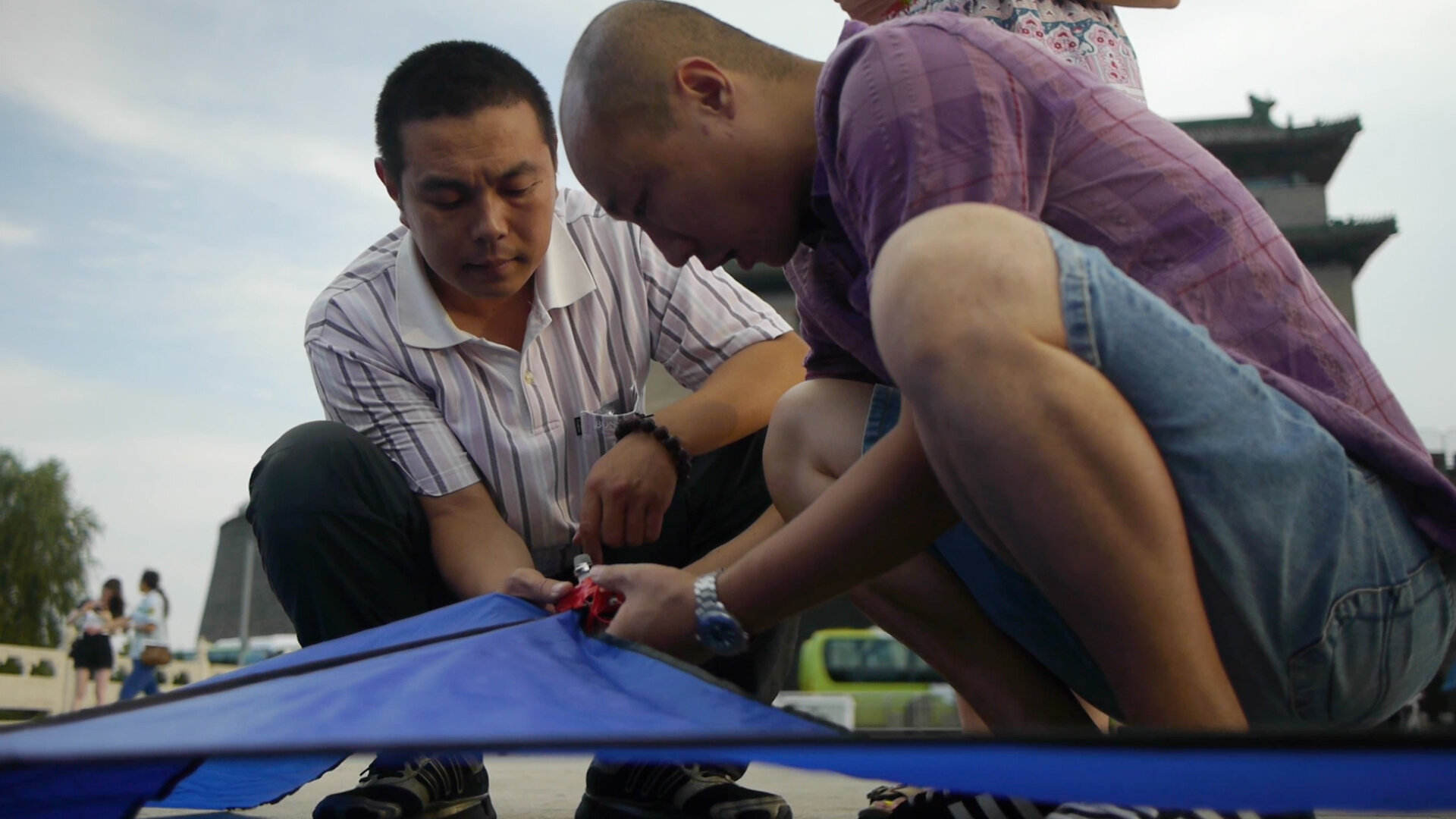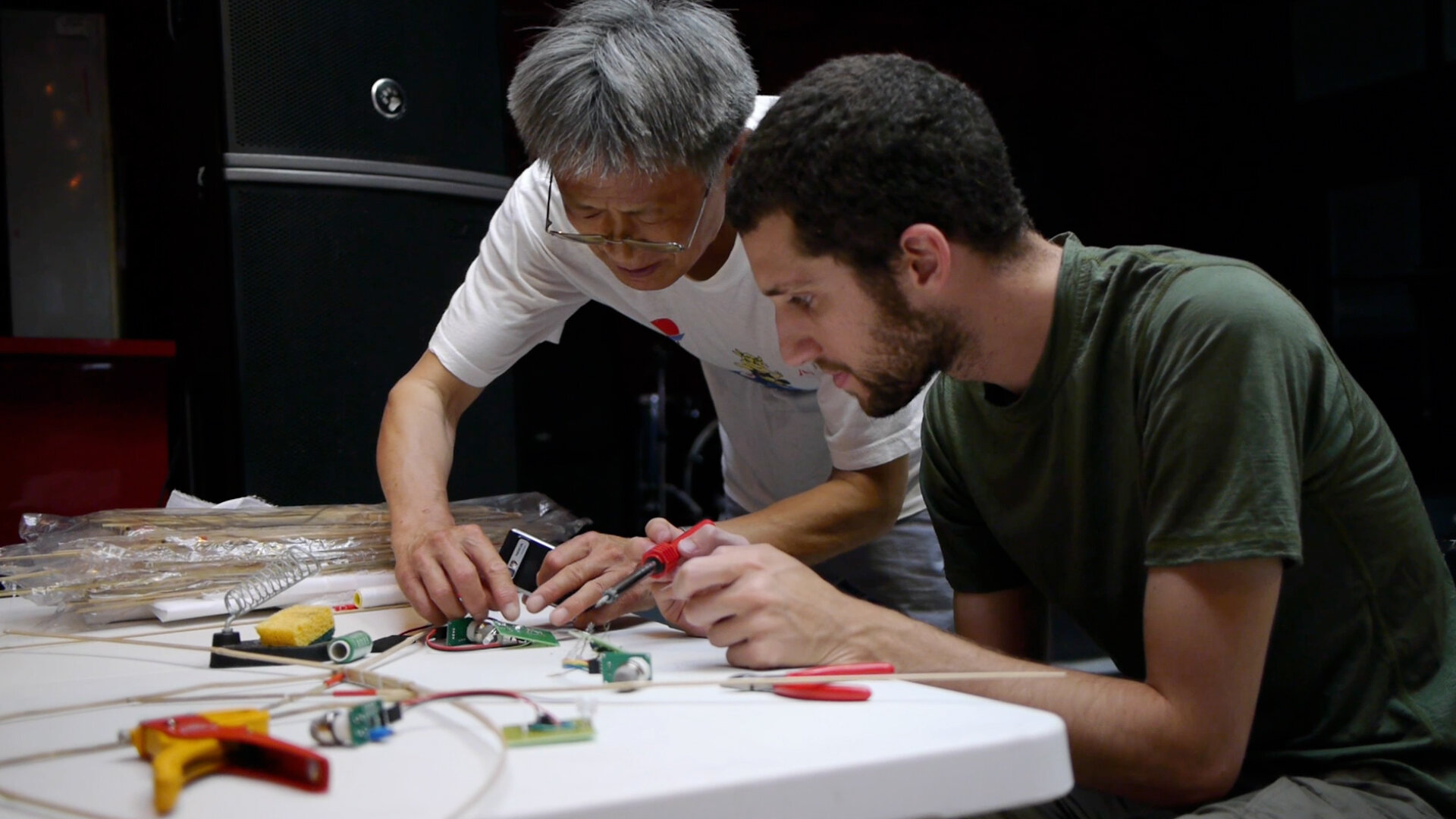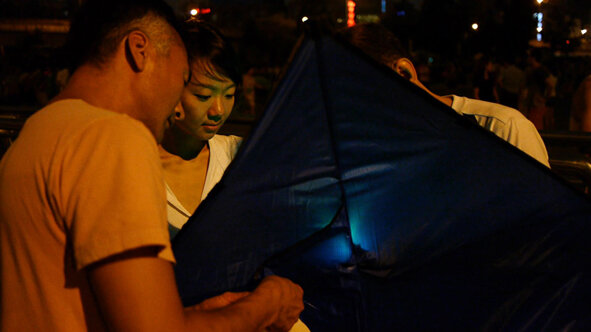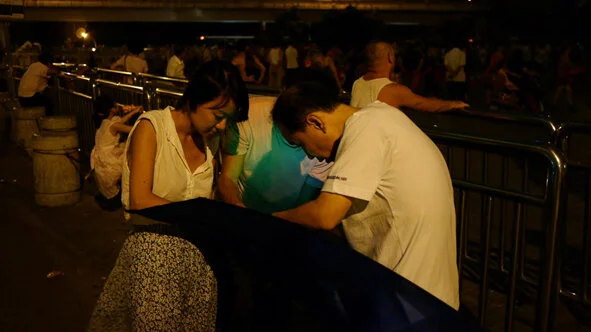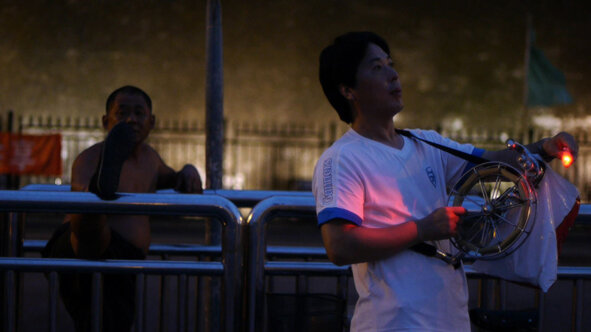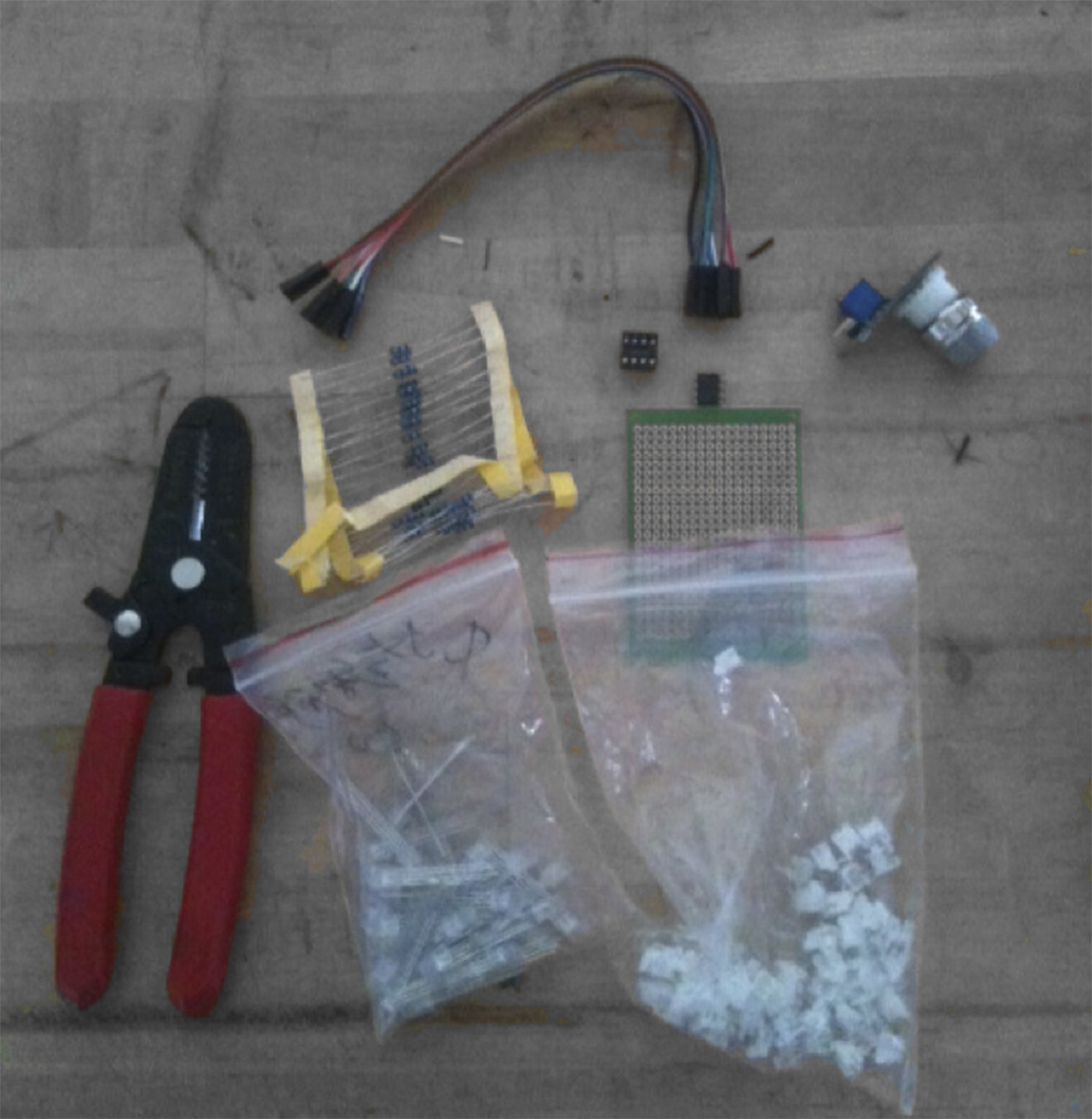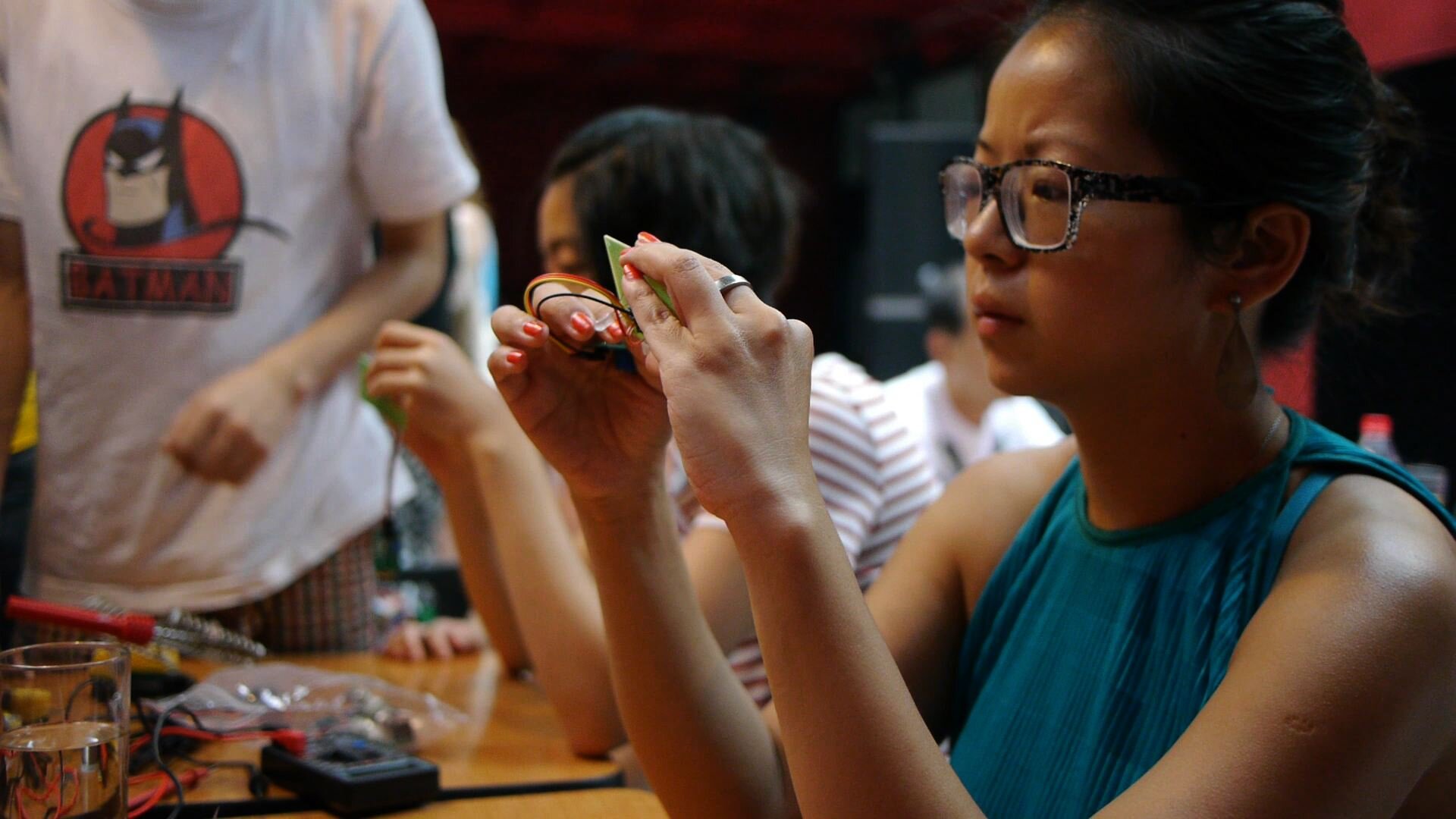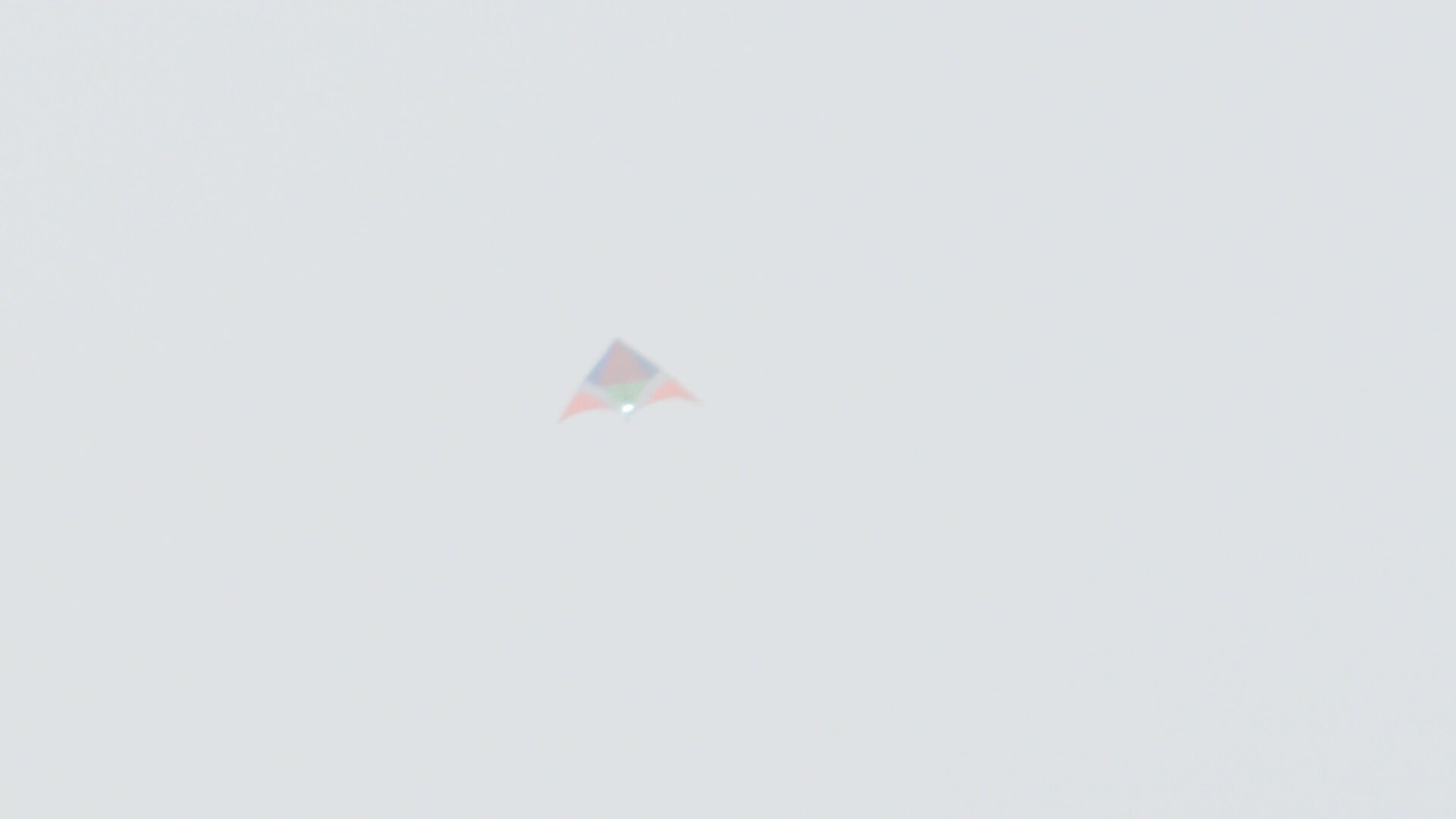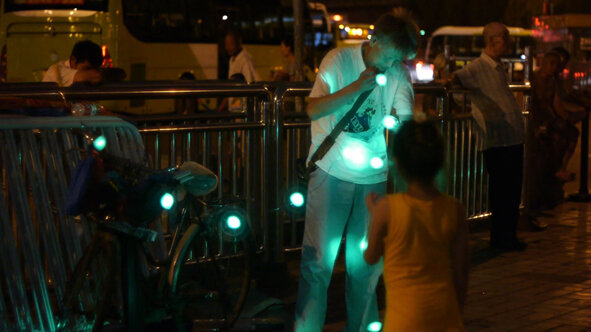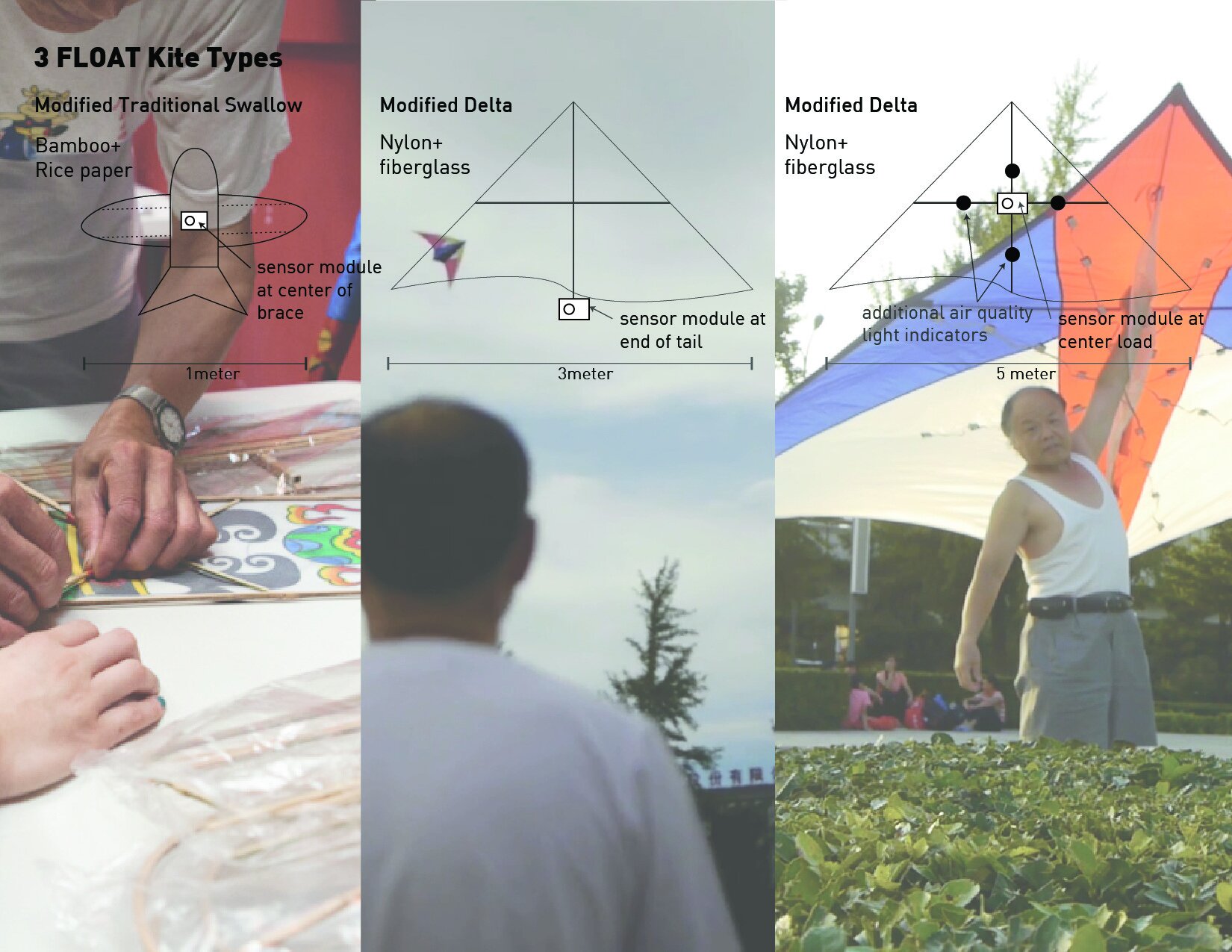
FLOAT Beijing
2012
Exhibited at Taipei Design City Exhibition 2014
Encoding Architecture CMU 2013
INDEX Design Awards Finalist 2013
In the spring of 2012, global attention shifted to an invisible, imperceptible landscape; particulate matter suspended in the air smaller than 2.5 microns in diameter. The source of all this attention was the Beijing US Embassy's independent monitoring and subsequent public broadcast via Twitter of air quality readings, which at one point was "crazy bad".
The Chinese government found the US Embassy reports to be more abrasive than helpful, accusing the embassy of violating the terms of diplomatic relations. In a country, where everything is political, the element of air quality data became restricted, censored and tightly controlled in an effort to shape public perception of state efforts and ease attitudes towards tensions between environmental health and rapid economic development.
Through the playful act of kite flying FLOAT_Beijing empowered hundreds of citizens to take action and protest current air quality standards, leading to people driven improved policies for healthier lives. FLOAT is a tool to collect air quality data and circumvent state controlled, highly censored channels of information. At community workshops participants learn about the health hazards of air pollutants and their detection through DIY sensors, which they learn to build and attach to kites. FLOAT modules are designed to be transparent and reconfigured by users. Residents challenge the invisibility of official data by flying their air quality sensing kites in highly visible public spaces. Kites have a strong cultural history in China which draws in diverse people connecting them to new technologies. Participants gain awareness about air quality, but more importantly, through FLOAT_Beijing, become active agents in monitoring, and eventually transforming their own environments.
FLOAT Beijing has two components; a workshop and public performance that uses a special kite prototype developed which detects carbon monoxide, VOC and other pollutants. Detection levels are displayed through LED lights that change in color, creating a constellation of air quality indicating lights in the night sky.
A few months after the project was implemented, the Chinese government started releasing air quality data publicly.
Project team:
Deren Guler, Xiaowei Wang
Made possible through support from Black Rock Arts Foundation, the AWESOME Foundation and our generous backers on Kickstarter.
Press/reviews:
BBC
CNN
New York Times
Motherboard
外滩画报
Google Arts and Culture
IEEE
